

A Guide to Better Preparing Entrepreneurs for Greater Impact

Newsletter
Why This Write-Up Exists
In the Bangladeshi ecosystem, there are a lot of organizations supporting entrepreneurs at various stages, industries and locations. However, there are major issues with quality, sustainability and measurable impact. Far too many entrepreneurs are being used for PR while never being given the tools to build sustainable, scalable businesses. In order to improve the ecosystem, this article will tackle majority of the issues currently visible in Bangladesh so that entrepreneurs and ecosystem builders can better themselves—which should lead to a healthier ecosystem having maximum impact.
Who This is For
- Ecosystem builders. It’s understandable that not all organizations are equipped with the personnel and resources to support entrepreneurs on a 360 degree basis. For that, this should help in assessing and in filling in relevant knowledge gaps.
- Embassies, NGOs and donors. Good intentions don’t always lead to real change or a better ecosystem—in fact, inefficiently deployed capital in the hands of unprepared entrepreneurs can create unneccessary noise and actually damage the market. That's why it’s critical that those funding ecosystem builders and entrepreneurs hold their capital and resources accountable.
- Entrepreneurs. Gives everyone an understanding of requirements needed to increase the chances of success.
Two Things to Consider
FIRST: While it’s idealistic and easy to say, “Let’s give this person a chance even if they have some issues or aren’t qualified,” it’s important to understand how such a decision impacts the ecosystem:
- Time and resources are taken away from other entrepreneurs who are qualified, work harder and are more focused, limiting the impact from better entrepreneurs.
- Sends a signal that certain red flags (such as lack of focus or ineffective execution) are okay, thereby lowering the standards of the ecosystem.
- Leads to the existence of a company/organization that will statistically fail, thereby weakening the overall quality of the ecosystem.
- Gives false hope to entrepreneurs (whose red flags may be of no fault of their own) that their company/organization could succeed when it likely won’t.
Most importantly, if an entrepreneur has major red flags, it’s important to communicate these to them so they can improve. This should be an iterative process for the entrepreneurs to continuously better themselves.
SECOND: Fancy PR is not impact. Taking photos with foreigners is not impact. Getting random awards is not impact. None of these things actually mean anything if entrepreneurs are not executing. Far too many entrepreneurs in this country have been utilized for PR by organizations without being given the resources or being taught the skills to be successful, leading to organizations that are well-known but have little measurable impact.
Impact also doesn’t mean a company shouldn’t think about being financially solvent or being profitable. In fact, the purest form of impact is when structural, scaleable change occurs. Instead of helping 2 people for a photo op, help 20,000 and train 20 others so they can each help another 5,000. Impact should be about helping people live better lives—not just today but for years to come.
And for all of this to occur, organizations will require capital. An initial check without the necessary skills and resources will lead to nothing. They will run out of money and be back at square one. But with the right skills and resources, that initial check can lead to something far greater over time.
Intended Outcome
Ultimately, the goal here is an upstick in quality of entrepreneurs, not just volume—because 10,000 unprepared entrepreneurs have less impact than 100 great ones. And those 100 will create a pipeline for hundreds more, leading to opportunities for employment, upskilling and investors local and international to participate in a robust, growing economy.
Questions to Ask Entrepreneurs
Below are a set of questions that work as a way to assess the thought process of entrepreneurs. Depending on their organization's stage, the detail of each answer will vary—however, the answers should at the very least give a glimpse into their thought process and how they prioritize time and resources.
1) “What do you do?"
Answer should be clear, direct and specific. Inability to answer this clearly indicates a lack of focus. Overusage of buzzwords is a major red flag.
Example answer: “We build water filtration devices for rural areas.”
2) “How much of your time do you spend on this?”
It's reasonable for an entrepreneur to work on their project part-time with a full-time job if they are cash-strapped, but if they are doing multiple “projects” at the same time, it may indicate inability to commit.
Example answer #1: “This is all I do.”
Example answer #2: “I am working on this part-time until I am able to receive a certain amount of funding, after which I’d like to do this full-time.”
3) “Do you have experience in what you’re trying to solve?”
Founding teams should ideally have at least one person with domain expertise in what they’re trying to solve for. Younger entrepreneurs trying to solve complex problems without expertise often leads to high chance of failure. Often, they are better getting professional experience before tackling the problem on their own.
Example answer: “Yes, I spent six years working at Company X where I specialized in Y skillset.”
4) “How do you plan on acquiring customers?”
Inability to clearly articulate a customer acquisition strategy is a major red flag and will likely lead to inefficient deployment of capital.
Example answer: “We have a partnership with Organization Y to get our first X amount of users, after which we hope to continue developing further B2B relationships to scale faster while keeping our costs low.”
5) “How do you plan on being financially sustainable?”
Needs to have clearer understanding on the business model, and whether it is financially sustainable via fundraising, cashflows or grants/donors—all of which are viable paths.
Example answer #1: “We believe with X amount of capital, we can turn the company into a positive cashflow business that can sustain itself.”
Example answer #2: “We plan on getting grants as the model is hard to raise funding for and won’t easily break even. We have found many organizations who have grants available in this space already.”
5) “Does your model match your mission?”
Most solutions don’t require companies to be startups and are often better served in a social enterprise/SME model. Acknowledgment from entrepreneur is key so they’re not glory chasing buzzwords instead of focusing on their mission. Here's a deeper dive.
Example answer #1: “Yes, we are a startup because we can scale quickly using technology.”
Example answer #2: “Yes, we are a social enterprise that can both generate revenue and get grants to be financially sustainable.”
6) “Why are you better equipped to solve this than your competitors?”
Requires a clear answer, ideally while being respectful to competition. Inability to name competitors often signals lack of market research.
Example answer: “We know Company Z is quite good at what they do, but they have a different market than us because the product isn’t fit for Y group of people. We want to serve the Y group because they’re being neglected.”
7) “Name a few companies and organizations you’d like to partner with and how.”
Gives visibility in how they plan on collaborating, which can help scale distribution and revenues. Inability to answers shows lack of market research or thoughtfulness in execution.
Example answer: “We want to work with Company X because their end users are our target users, and we believe their users would be interested.”
8) “Can you quantify the impact you’ve had so far?”
Needs to be able to give clear metrics. Social media statistics are generally a red flag. In addition, shows their ability to track and analyze data.
Example answer: “This year, X amount of people used the product, Y percentage of whom used it twice. Based on the usage, we’ve saved users Z amount of money and time.”
9) “What’s the shareholding of your organization?”
For most, this is a non-issue. However, once in a while, there are issues where an outsider who does little work ends up owning a sizable, sometimes majority, of the organization.
Example answer #1: “It’s not yet set up, so I am the sole owner.”
Example answer #2: “I own 90% with a small investor owning 10% who helped me with funding early.”
Deeper Dives
For ecosystem builders, traditional social and impact due diligence often undervalues or even misses few key areas that are very critical. For that, here's a list of some of the most important areas to better understand while assessing an entrepreneur and their project:
- Assess the practicality of the business model. Certain models simply don’t work. They may sound interesting but have shown an inability to scale, be sustainable or require significant amounts of capital and expertise to execute. Telehealth apps are an example of such an instance.
- Test the product/service. Sometimes the story may be good, but the product or service is not. Important to test it out and know beforehand how legitimate their claims are.
- Scalability. Does the product scale well? Does the entrepreneur have the mindset to scale? While not everything has to scale, it's important the entrepreneur thinks in a manner that maximizes impact via scalability for the users they're trying to help.
- Structural impact. Does the product/service change the way a user lives or is it a one time use with no lasting effect? If the latter, it’s not an ideal solution.
- Is the product or service meaningful and necessary? Small, incremental change is not usually sufficient to invest in. Must lead to meaningful change in the user’s life.
- Compare vs. existing competition in the market. Are they doing something that can genuinely compete in the market? Or are they focused on an under/unserved niche? Both of these scenarios can work.
- Financial sustainability. Entrepreneurs must understand how to make the business financially sustainable, whether via cashflows, grants/donors or fundraising. For that, they must also have the proper skillset to match in their team.
- Social media review. What do their public social media consist of? Ideally, they post about what they do and have learned. Red flags include showcasing excessive awards and photos with well-known folks and foreigners. These often indicate the need for superficial validation vs. execution.
- Shareholding structure. Important to know that the entrepreneurs are in control and will benefit off their work, not a third party who may have taken an unfair shareholding early.
- Family support. While sometimes a sensitive question, it can help to know if the family is supportive of the entrepreneur’s endeavors.
Key Skills to Develop
Below are key skills that are currently often missing in the Bangladeshi impact ecosystem and need to be further developed. Ecosystem builders must prioritize these for entrepreneurs to be successful. They are not optional. Otherwise, entrepreneurs are often thrown out to the wolves without the necessary skillsets to increase their chances of success and continuity.
- Financial sustainability. Entrepreneurs must understand that business models need to fit funding, whether it’s cashflows, traditional fundraising (such as startups) or grants/donors. In short, they must be taught how to manage money to keep their business solvent.
- Customer acquisition/go-to-market strategy. Money and/or a product alone are not sufficient to execute. Entrepreneurs must understand how to acquire customers in a strategic manner.
- Financial assessment and fundraising. Though less important for certain organizations, it’s important for entrepreneurs to understand how to raise capital from investors, including understanding valuations and knowing when they're being taken advantage of.
For many ecosystem building organizations, it’s entirely possible that the know-how for these skillsets are not within their existing teams. This is when it’s even more important to bring in qualified individuals or partners to fill in these gaps.
Alternatives for Those Who Aren't Ready
For many entrepreneurs, the idea of running their own organization/company stems from:
- Passion to solve a problem. While great, this does not necessarily indicate they should be the leader of the organization. If they are passionate, it’s possible they can solve that problem working with or within an existing organization.
- Desire to make money. Perception is not reality, and making money just isn’t that easy. If the entrepreneur doesn’t have the necessary skills or resources, it’s likely that they will not make money.
- Inability to get or maintain a job at an existing company/organization. Unfortunate and brutal truth is that a lot of entrepreneurs cannot maintain or get jobs and thus resort to doing something on their own. This in and of itself doesn’t mean much as long as they are able to execute; however, it’s important to understand that their motivation should be mission-driven, not stem from desperation.
Does this mean those who don't pass the vetting process should not be helped? Absolutely not! In fact, it’s likely they need as much as help if not more—especially because with the right guidance and support, they can become successful entrepreneurs in the future.
How to best handle this? A few suggestions:
- Place them in an existing organization where they can benefit from experience, allowing them to pursue their own business in the future.
- Organize workshops to teach them skills they’re missing without offering to directly support their company/organization. This should be about the person’s development vs. the organization's. Implying support of the organization when the entrepreneur isn’t qualified leads to further subpar organizations in the ecosystem.
- Introduce them to each other so they can team up and help each other, including balancing each other to fill in relevant gaps in skillsets.
In Closing
Bangladesh is at a critical juncture in its history. Socioeconomic growth over the last decade has been incredible, but that also means that the problems that now need to be solved are likely more complex and more expensive. By holding entrepreneurs and ecosystem builders accountable, the country will be able to build a stronger ecosystem, empowering entrepreneurs with the necessary tools and resources for them to significantly increase their chances of success.




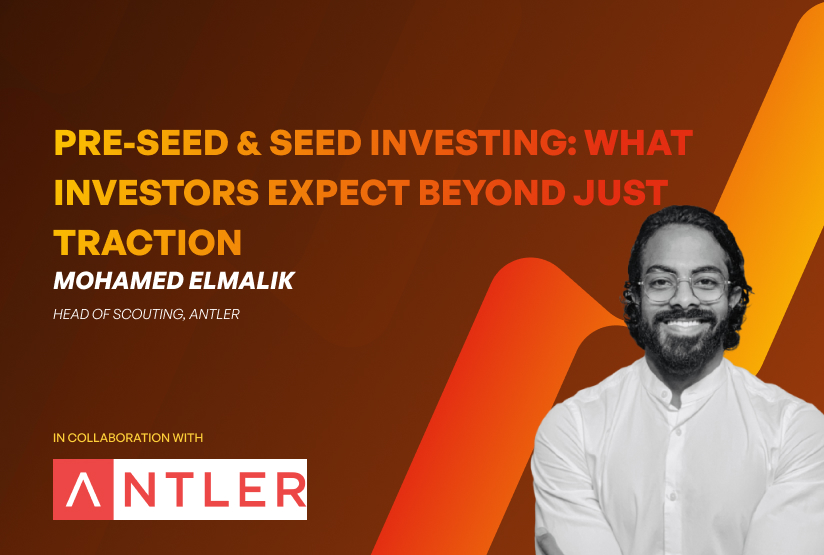
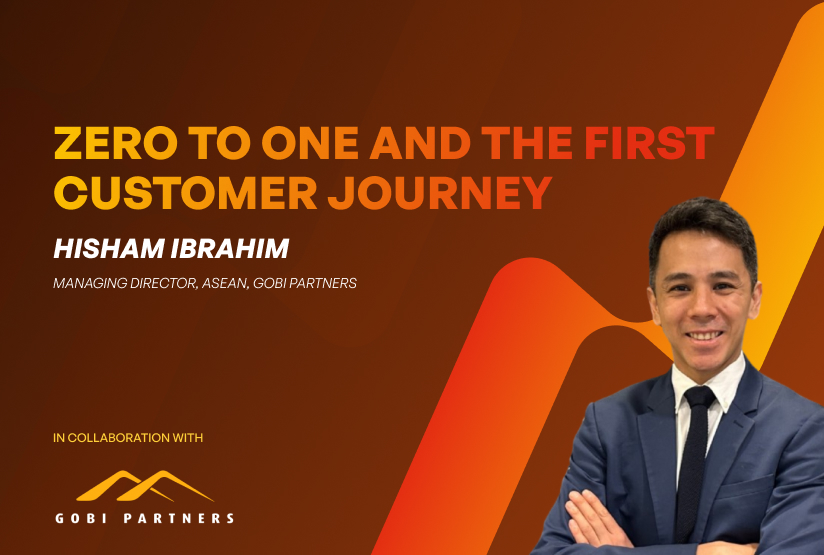
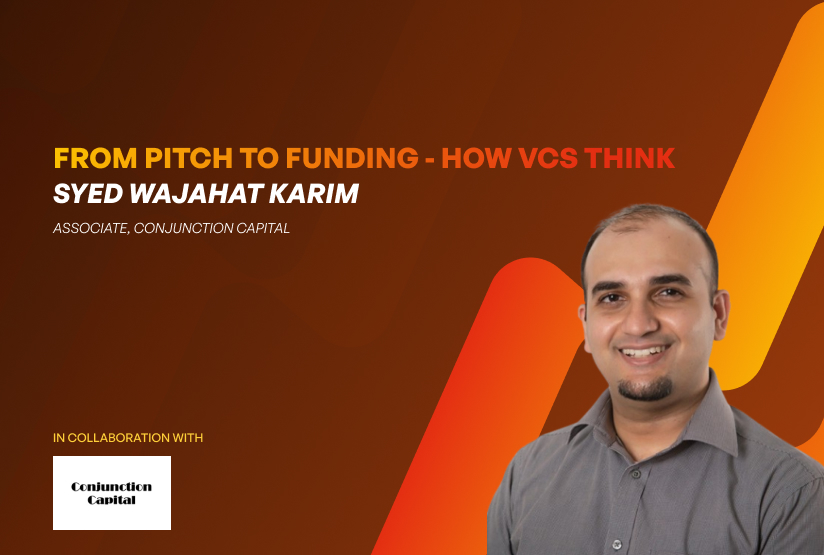


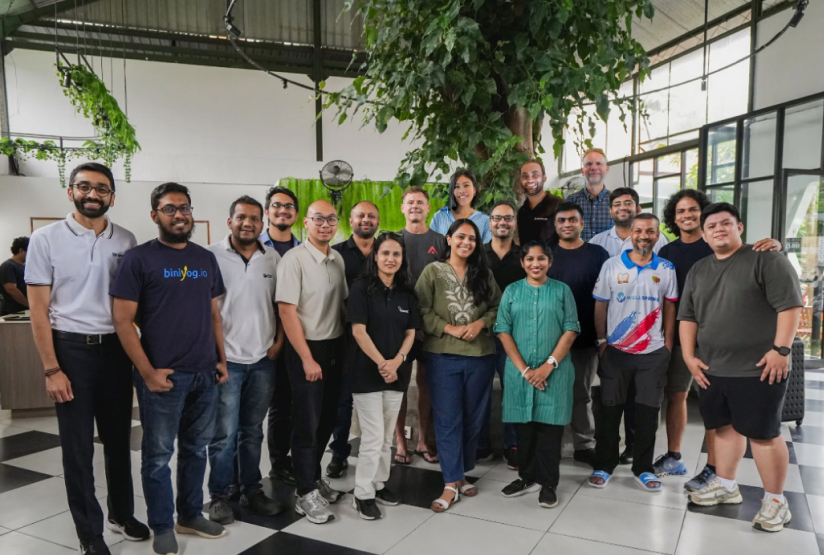
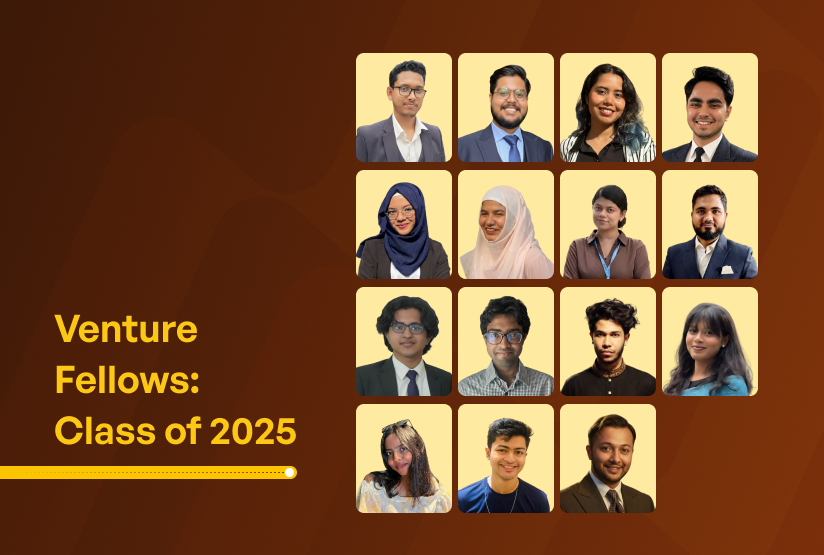










.jpg)
.jpg)





.jpeg)



.jpg)


















.jpg)


.jpg)
.jpg)

.jpg)
.jpg)


















.jpeg)












..jpg)
..jpg)



.jpg)





